Rising Water Scarcity
The increasing scarcity of freshwater resources is a critical driver for the Membrane Technology Market. As populations grow and industrial demands escalate, the pressure on existing water supplies intensifies. Membrane technologies, such as reverse osmosis and ultrafiltration, offer efficient solutions for water purification and desalination. According to recent estimates, the demand for advanced water treatment solutions is projected to grow at a compound annual growth rate of over 10% in the coming years. This trend indicates a robust market potential for membrane technologies, as they provide sustainable alternatives to traditional water treatment methods. The urgency to address water scarcity challenges is likely to propel investments in membrane technology, thereby enhancing its market presence.
Advancements in Membrane Materials
Innovations in membrane materials are transforming the Membrane Technology Market, enhancing performance and expanding application areas. The development of novel materials, such as nanocomposite membranes and biomimetic membranes, is improving the efficiency and selectivity of filtration processes. These advancements are likely to drive market growth, as industries seek to adopt more effective and sustainable solutions. The introduction of high-performance membranes can lead to reduced energy consumption and operational costs, making them attractive for various applications, including water treatment and gas separation. As research and development efforts continue to yield new materials, the market for membrane technologies is expected to experience significant expansion, driven by the demand for enhanced performance and sustainability.
Industrial Growth and Urbanization
Rapid industrial growth and urbanization are pivotal factors influencing the Membrane Technology Market. As urban areas expand, the need for effective wastewater treatment and resource recovery becomes paramount. Membrane technologies are increasingly adopted in various sectors, including food and beverage, pharmaceuticals, and chemical processing, to ensure compliance with stringent environmental regulations. The market for membrane filtration in industrial applications is expected to witness substantial growth, with projections indicating a rise in demand for membrane systems by approximately 8% annually. This growth is driven by the necessity for efficient separation processes and the recovery of valuable resources from waste streams, positioning membrane technology as a vital component in modern industrial operations.
Growing Demand for Energy-Efficient Solutions
The increasing emphasis on energy efficiency is a crucial driver for the Membrane Technology Market. As industries and municipalities strive to reduce energy consumption and operational costs, membrane technologies are emerging as viable solutions. Membrane processes, such as forward osmosis and membrane distillation, are recognized for their lower energy requirements compared to traditional separation methods. The market is projected to grow as organizations seek to implement energy-efficient technologies that align with sustainability goals. Furthermore, the integration of renewable energy sources with membrane systems is likely to enhance their appeal, potentially leading to a broader adoption of membrane technologies across various sectors, including water treatment and industrial processes.
Regulatory Compliance and Environmental Standards
The stringent regulatory landscape surrounding water quality and environmental protection is a significant driver for the Membrane Technology Market. Governments and regulatory bodies are increasingly enforcing laws that mandate the treatment of wastewater and the reduction of pollutants. Membrane technologies are recognized for their ability to meet these regulatory requirements effectively. The market is likely to expand as industries seek to comply with evolving environmental standards, which often necessitate the implementation of advanced filtration systems. The demand for membrane-based solutions is expected to rise, particularly in sectors such as municipal water treatment and industrial effluent management, where compliance with regulations is critical for operational continuity.


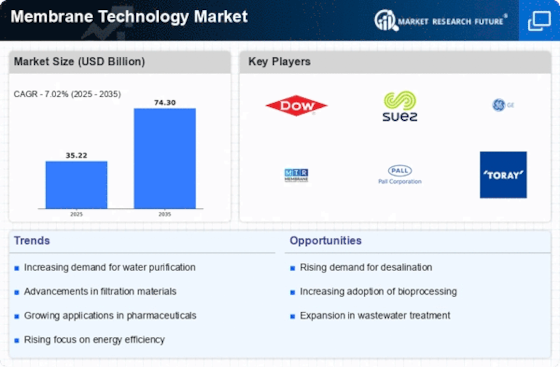
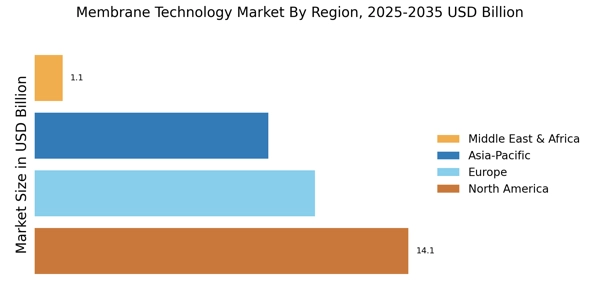
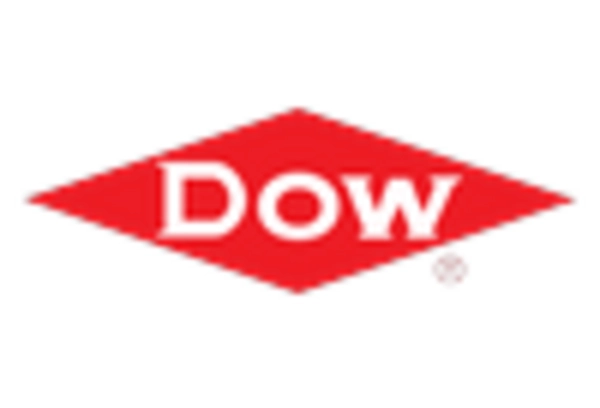
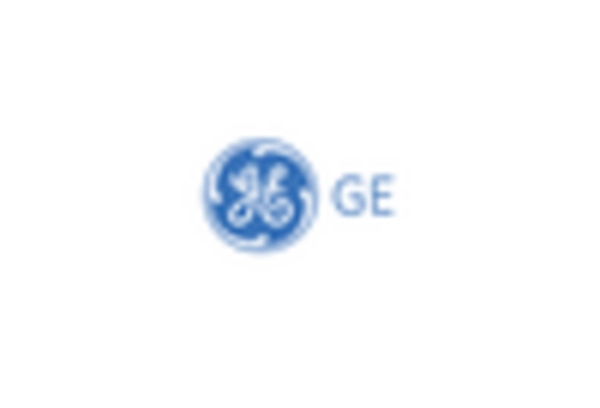
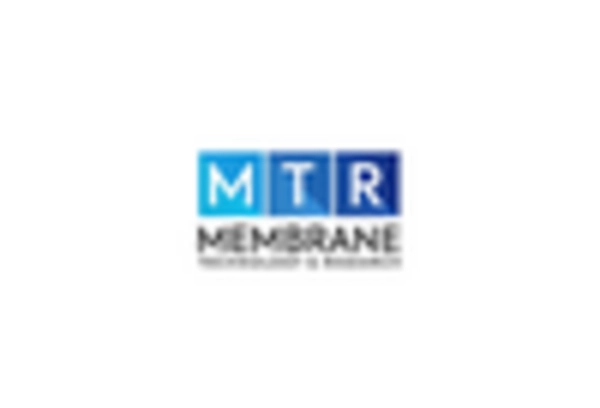
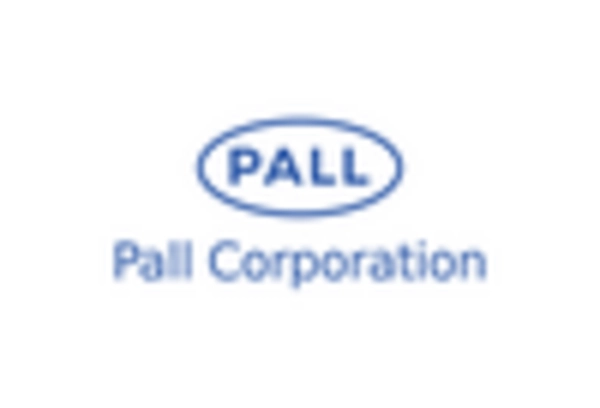
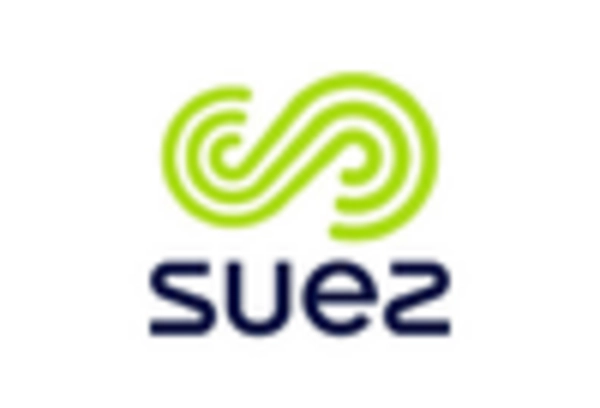
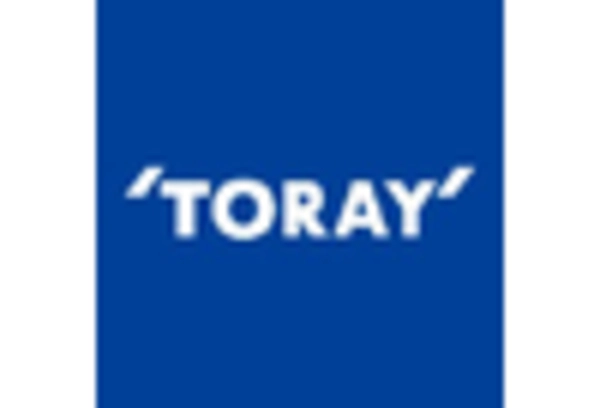








Leave a Comment